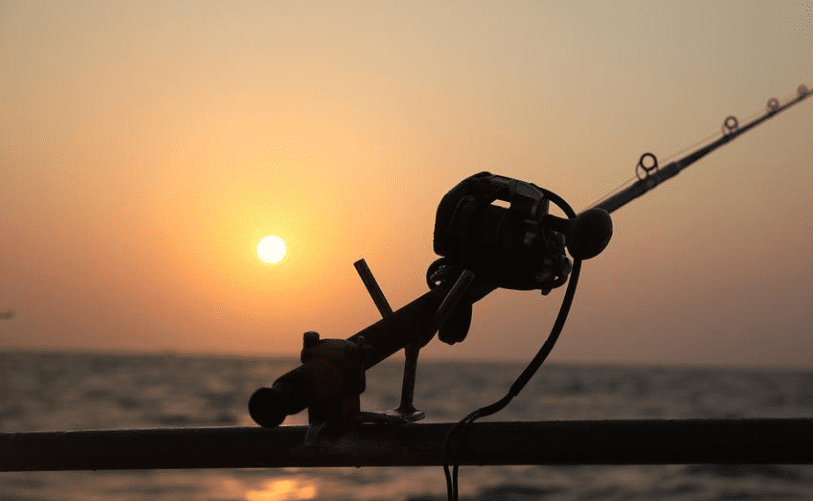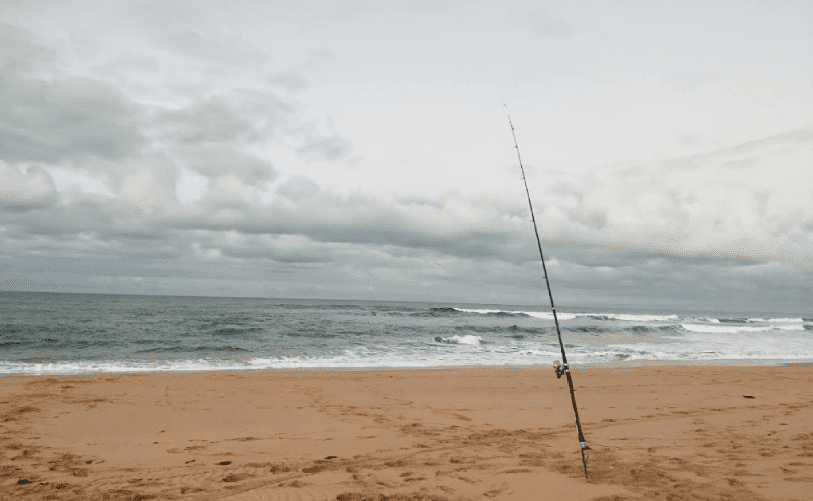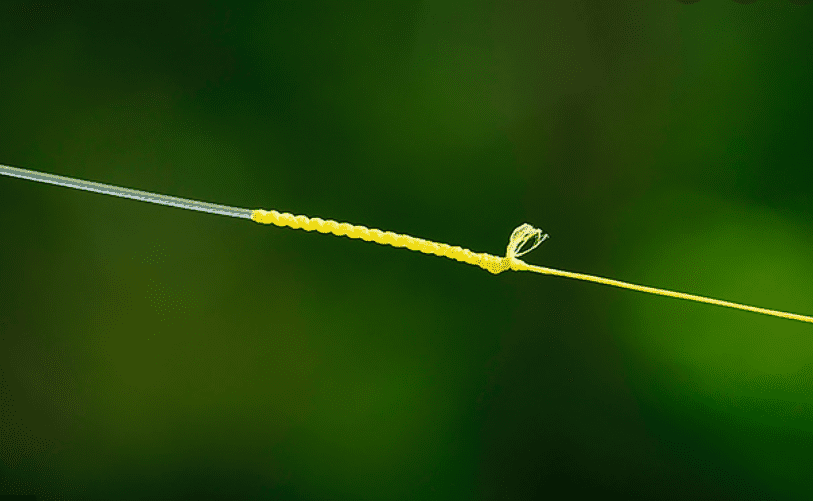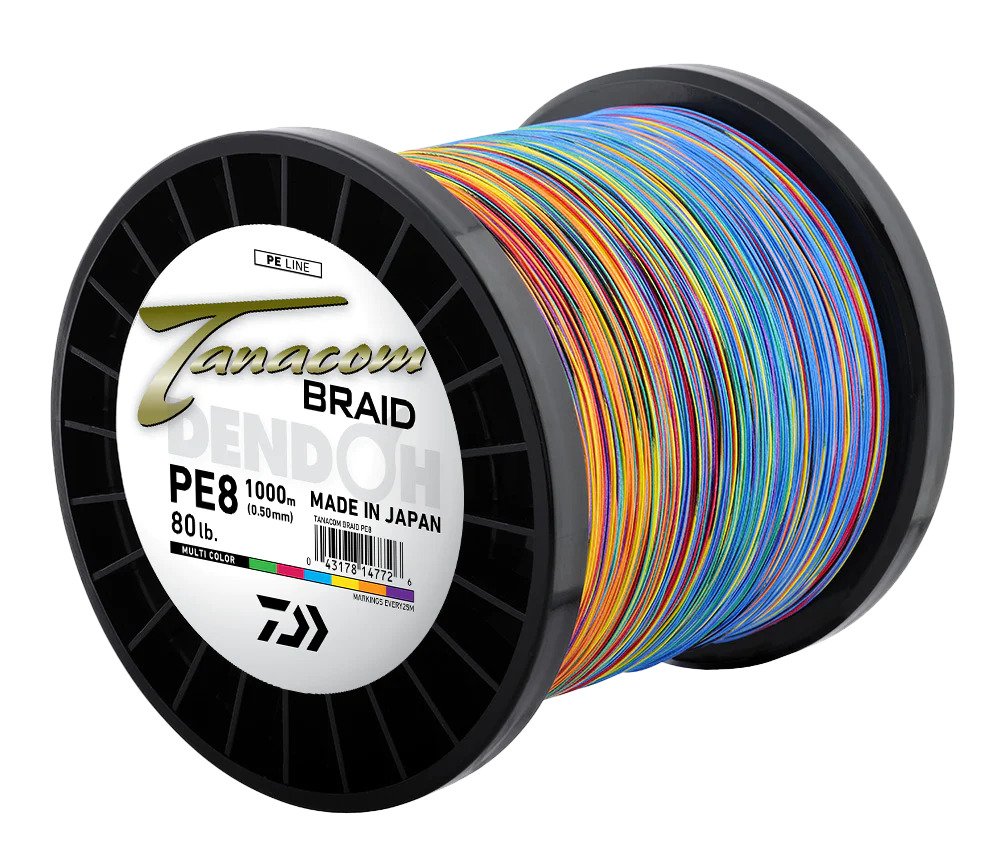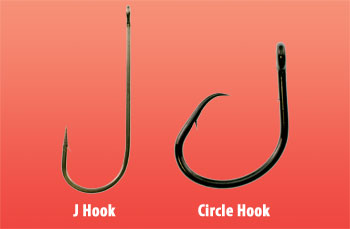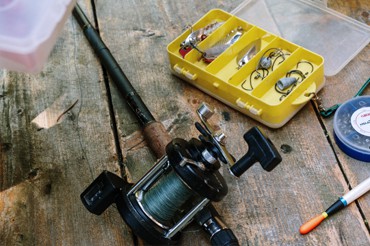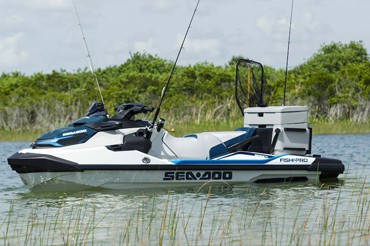When you advance beyond beginner stage fishing, your two main skills will next be invested in casting and spinning reels. These next-level rods will help you become a professional level angler that can fish at many different spots and situations.
When you learn through all the basics, you will need to upgrade to both rods eventually. Each will present different characteristics that can help you with more difficult fishing levels.
From beginner to pro-level fishing
Before you try on a new reel and rod, consider some of its differences first. If you have the budget, you can get both standard versions of these two reels and learn their features for a more well-rounded approach. These next-level reels will become your main weapons when you advance to pro-level fishing and you’re ready to explore even bigger fishing opportunities.
Many beginners will start with a basic version of the spinning reel and rod no longer than the 7-foot limit. But both these regular-sized spinners and casting reels are higher performance upgrades. They are also better at getting bigger and more complex catches. At this point, you will be ready to wield two types of rods and reel combos that offer different functions.
The Spinning Reel
The spinning reel works as the most general fishing rod and reel combo to get for newbies and regulars alike. The spinning reel is located below the rod and the line is aligned with guide eyelets along the bottom of the rod. The round eye guides progressively become smaller from the reel area until the rod end. It allows the reel and line just enough space when casting the line, pulling from the spinning real with ease.
The top part of the rod is the spine, which is designed to support the pulling weight from gamefish and the reeling action to pull them in. It enables it to bend slightly and give leverage to pulling each catch towards you while you reel in.
Easier Drag and Reel Action
While it is the easiest reel type, it also provides fast reel action that pros and regulars prefer. This makes spinners versatile with other fishing tactics such as deep dives, near-surface fishing, trolling, and other fishing techniques. With the lower rod length of 7 feet and below reserved for newbies, the bigger and longer spinner rods are intended for pros and those who’ve trained long enough for the next level.
These reels work with most average to bigger fish. Tough medium-action level rods can handle them. Spinning reels are easier to use even with bigger catches. These rods work best with light lures and live bait fishing.
You can often find anglers wielding their rod and reel spinning combos onshore. Fishers on boats use them with additional lures and contraptions for deeper fishing areas. Its heavy use when reeling in a gnarly fish adds a lot of weight, and the design of the rod helps with the medium-level reeling action.
Casting Reels
A casting or baitcasting rod and reel has a different way of operating compared to spinning reel and rod combos. The baitcasting reel is positioned above the rod, with small eyelet ring guides supporting and securing the line along the top of the fishing rod. When you throw it into a cast, the rod positioning adds extra pulling force from the top of the rod. It uses heavier cast lures, so the combination of the rod’s mechanism and the lure weight maximises the long casting distance, making your bait fly even farther.
The bottom part of the rod ably supports the heavy casting action of the rod when it throws heavy casts from the back to any front side. The reel is positioned at the top side of the rod with the line supported by the guides on top of the rod pulling the line from its cast-throwing momentum.
The main hurling action across the open sea or freshwater area gives the casting action and its heavy cast the extra distance and depth. Casting reels are best for casting and retrieving over longer distances. Its ability to handle heavy casts makes it an effective long-distance onshore casting rod.
This main hurling action is the difference between casting rods and spinning reel rods. Advanced anglers and fishers with a heavy emphasis on casting and long-distance casting heavy lures use these combos exclusively.
Casting Reels Versus Spinning Reels
Now that you know the main differences of each fishing rod, you can choose to buy one main upgrade rod, or get both to learn the two main styles of fishing techniques. Each rod will provide you with the best option and dedicated functions. Each will also command certain spots on the beach.
One main thing about each rod is each of its flexibilities; The spinning rod can be used for different types of fishing. It can also be used for casting as long as you make sure the reel is also facing down. The forward motion of the rod and the down position of the reel allows it to cast as best as it could.
For all other uses, each rod combo works within their limits. Casting rods work best for long-distance casting with heavy fishing lures, allowing them to go the farthest. Meanwhile, spinning reels allow moderate distance launch of baits and lures with easier retrieve and reel action.
You may choose to focus on your upgraded spinner, or choose to tackle the casting rod for a different challenge. You stand to know each tool and become a more well rounded fisher by learning to use both.

